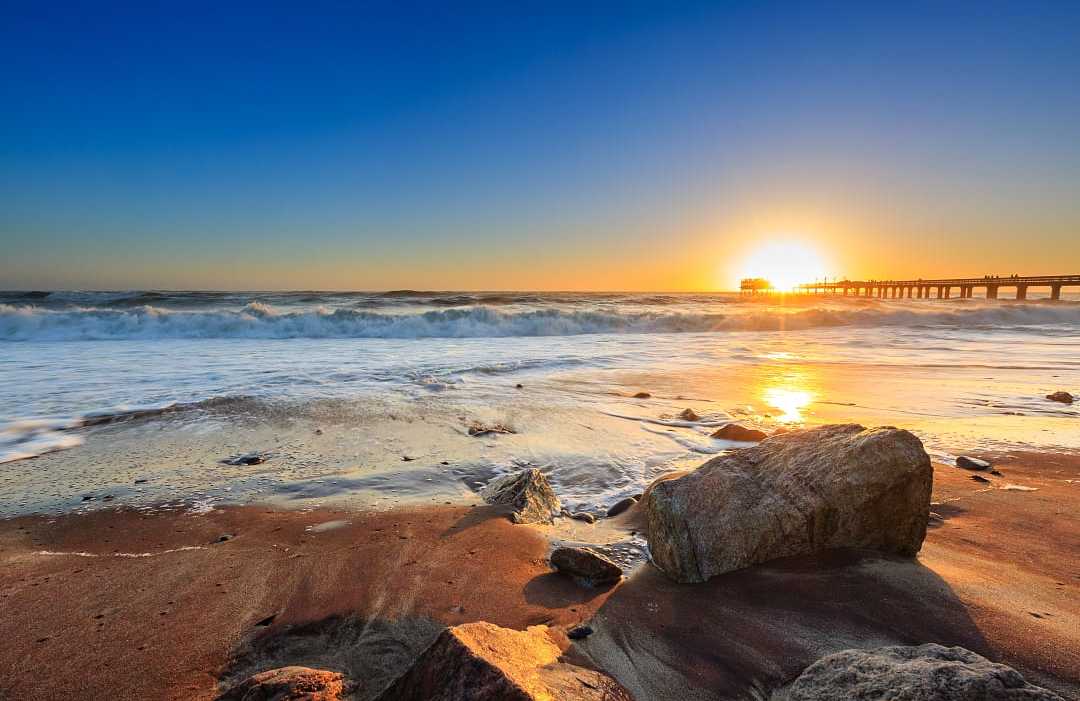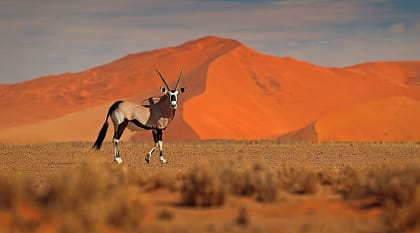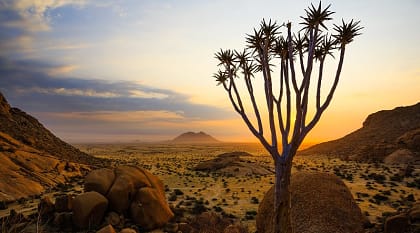Self-Drive vs Guided Safari in Namibia?
This is one of the most important decisions when planning a Namibian trip. A self-drive safari is the classic way to experience Namibia, offering unparalleled freedom and flexibility to explore at your pace. It generally appeals to independent, adventurous travelers. However, it requires meticulous planning, confidence in driving a 4x4 on long stretches of gravel roads, and self-reliance in a sparsely populated country.
A guided or fly-in safari offers a more relaxed and immersive experience. You benefit from the expertise of a local guide who handles all logistics and enhances wildlife viewing, while fly-in options provide swift access to exclusive, remote areas like the Skeleton Coast, maximizing your time on the ground. This option is ideal if you want comfort, in-depth knowledge, and a stress-free journey.
Namibia vs Botswana for a safari?
While both are premier Southern African destinations, they offer vastly different experiences. Namibia is a "landscape-first" destination. The primary draw is its epic, otherworldly scenery, from the towering dunes of Sossusvlei to the desolate Skeleton Coast and the colossal Fish River Canyon. While wildlife viewing is excellent, particularly in Etosha and with its unique desert-adapted species, it is often set against the backdrop of these dramatic environments.
Botswana, in contrast, is a "wildlife-first" destination. It is renowned for having one of the highest concentrations of wildlife in Africa, especially within the lush waterways of the Okavango Delta and Chobe National Park. The experience is centered on game density and water-based safaris. Choose Namibia for a road-tripping adventure through awe-inspiring scenery; choose Botswana for an immersive, water-rich safari focused on prolific big-game viewing.
How Much Does a Namibia Safari Cost in 2025?
Costs in Namibia vary significantly based on your travel style. For a mid-range self-drive safari in 2025, including a 4x4 vehicle rental, fuel, comfortable guesthouse and lodge accommodations, park fees, and meals, a reasonable budget is between $300 and $500 per person per day. For a privately guided safari with similar accommodations, where all logistics, guiding, and transport are included, costs typically range from $500 to $800 per person per day. For a luxury fly-in safari, accessing exclusive remote camps in areas like the Skeleton Coast or the Kunene River region, expect costs to start around $900 and exceed $1,500 per person per day.
What Are the Travel Times Like?
Namibia is a vast country and fundamentally a driving-heavy circuit. It's crucial to be realistic about the time spent in transit. Journeys between key destinations are long and often on well-maintained gravel roads rather than paved highways, which naturally slows travel speed. For example, the drive from the Sossusvlei area to Swakopmund is a five- to six-hour journey, and connecting from Damaraland to Etosha National Park can also take the better part of a day. A comprehensive road trip covering the main highlights requires a minimum of 10 to 14 days to avoid feeling rushed. For those with less time, a fly-in safari is the luxury alternative that dramatically cuts down on travel time and connects the country's most distant and spectacular locations.

















